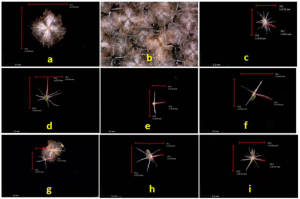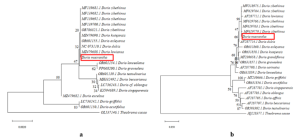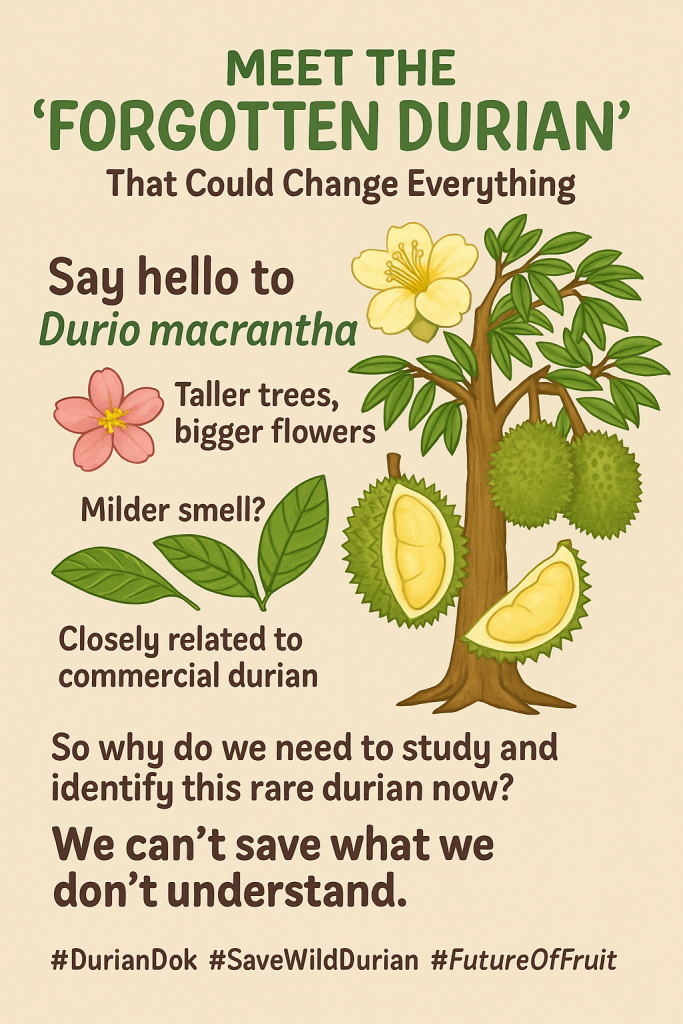When people talk about durian, they usually mean the big, spiky fruit with the strong smell—Durio zibethinus—the one you either love or can’t stand. But did you know there’s a wild cousin of durian that’s been hiding in Indonesia’s forests for decades, and it might just be the future of durian itself?
Say hello to Durio macrantha—a rare, endangered species that most Indonesians have never even heard of. This durian isn’t found in markets or plantations. It was first discovered in 1981 in the Gunung Leuser National Park, Sumatra, and only a few living trees are known to exist—two of them in the Bogor Botanical Gardens. It’s sometimes called “durian dok”, and it’s packed with potential.
So, what’s so special about D. macrantha? For one, it grows into a tall and majestic tree, reaching up to 30 meters. Its flowers are bigger, and the fruit is rumored to have a milder smell, which might make it more appealing to people who usually shy away from regular durian. Scientists also found that the leaves have unique patterns and special tiny hairs (called trichomes) that help the plant survive harsh weather.

Fig 1. Types of trichomes observed on Durio macranthaleaves.(a) complex peltate scale, (b) complex peltate collection, (c) simple peltate scale, (d) flat stellate hair, (e) three-armed stellate, (f) four-armed stellate, (g) five-armed stellate, (h) seven-armed stellate, (i) eleven-armed stellate, (j) trichomes on swollen structures, (k) trichomes on leaf stalks.
But here’s the most exciting part: recent DNA studies show that D. macrantha is very closely related to commercial durian. That means it could be a valuable source of genetic material for breeding new durian varieties—perhaps ones that are more climate-resilient, less smelly, or even more nutritious.
So why do we need to study and identify this rare durian now?
Because we can’t save what we don’t understand. Without proper identification and research, D. macrantha could quietly go extinct—taking all its unique traits with it. That would be a huge loss, not just for science, but for future generations of farmers and durian lovers.
Studying this durian helps scientists map out the durian family tree, understand how the species evolved, and figure out how we can protect them. It’s like discovering a long-lost cousin who holds the key to solving a family mystery.

Fig 2. Phylogenetic tree of Duriomacranthaand its close relatives within genus Durio. (a) rbcL sequence, (b) ITS region.
Right now, the species is still classified as Data Deficient on the IUCN Red List, which means we don’t even have enough information to know how endangered it is. That’s why this recent research from Walisongo State Islamic University and BRIN is so important—it gives us the first real molecular and morphological look at D. macrantha, and a solid reason to act.
Imagine if in 10 or 20 years, we’re enjoying a new kind of durian—tall trees, sweet taste, mild smell, and resilient to pests or extreme weather. That dream could start with D. macrantha. But only if we act now.
So, the next time you eat durian, remember that its forgotten cousin in Sumatra might be holding the secrets to the future of one of Southeast Asia’s most beloved fruits. Let’s not wait until it’s too late to get to know it.
Let’s save the wild durians—because the best durian hasn’t been discovered yet.
#DurianDok #SaveWildDurian #FutureOfFruit
Rusydina, D. S., Magandhi, M., & Mukaromah, A. S. (2025). Micromorphological Characterization and DNA Barcoding of Durio macrantha Kosterm. from the Bogor Botanical Garden Collection. Buitenzorg: Journal of Tropical Science, 2(1), 37–47. https://doi.org/10.70158/buitenzorg.v2i1.16

